Sports Performance | Physical Therapy | Personal Training
What Is My Core? Reasons You Should Engage It Regularly
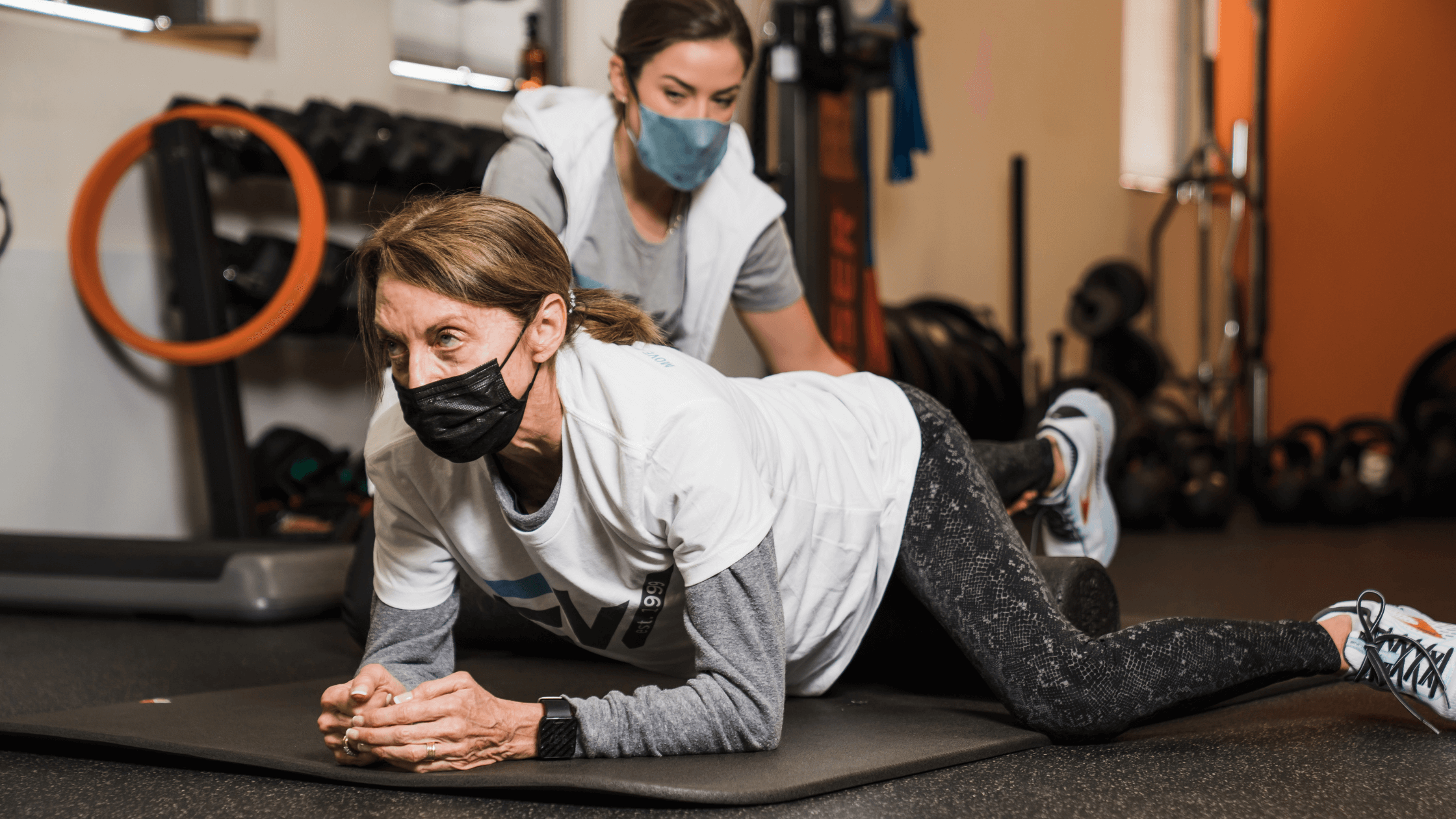
Licensed Physical Therapist, PT, DPT // EW Pilates Instructor // EW Yoga Instructor // TPI Level 1 Certified // EW Motion Therapy Homewood
Think about the core of an apple. It usually either gets thrown away or composted after we finish eating it, but what does it do while the apple is growing? It stores the apple’s seeds and provides stability for the apple as it gets heavier on the branch. While a human’s core doesn’t store seeds, it does protect our vital organs and give us stability as we move. But what even is your core? And what are the best ways to keep it strong?
Your core is your body’s center of gravity, and without a strong core, you can increase your risk of potential injuries and postural imbalances. We teach our patients at EW Motion Therapy that a strong core is a key part of effective movement, and we provide techniques for them to continue strengthening as they progress through their treatment. Even if you choose not to see us, we still want to give you more information on your core and ways to keep it healthy.
This article discusses the muscles that make up your core, reasons it is important to regularly engage your core, and ways to build core strength. With this information, you can begin or continue your fitness routine, knowing how to ensure your core is part of it.
What muscles make up the core?
Four muscle groups make up your core. We’ll go over each one and its primary function, but first, let’s differentiate between your core and your trunk. Your trunk is the structure that holds up your entire torso, from your shoulders to your hips. Your core is the group of muscles that supports and stabilizes your trunk, from your diaphragm to your hips and glutes. The trunk is the structure, and the core supports the structure.
The core is four muscle groups that create a cylinder to control trunk movement and help you move more efficiently. Let’s go over each of the muscle groups within the cylinder.
- Abdominals - the front of the cylinder. This is what most people think of when they think of your core. There are 4 distinct groups within the abdominals.
- Rectus abdominus - six-pack muscles that control movement between your rib cage and pelvis.
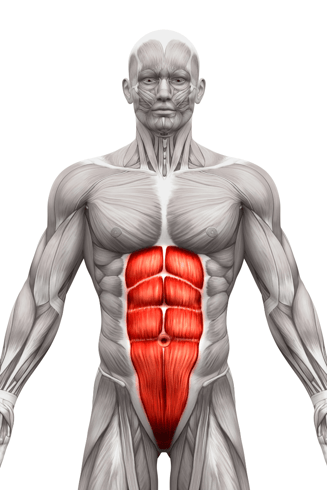
- External obliques - surround the rectus muscles and control trunk rotation to the opposite side.
- Internal obliques - work in the opposite direction of the external obliques to control trunk rotation.
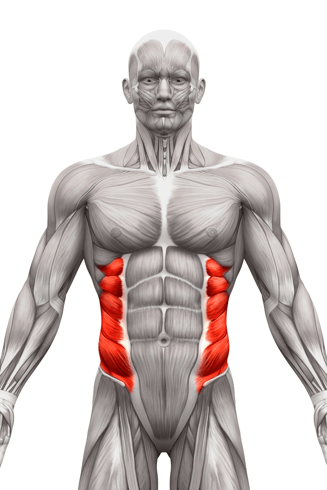
- Transverse abdominal - these surround the abdomen and are best felt just below your belly button on the inside of the pelvic bone. They help control pelvic and low back stability, as well as intra-abdominal pressure. They work when you laugh or cough!
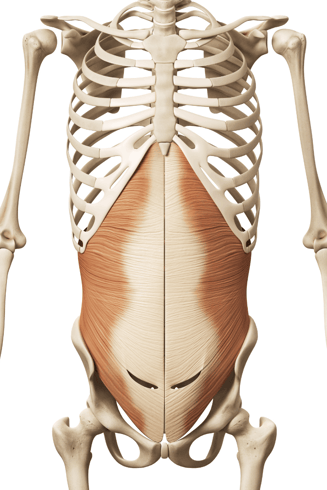
- Posterior spinal muscles - the back of the cylinder. These muscles are the antagonist (opposing) muscles to the abdominal muscle group. There are three important muscle groups in the back part of the core.
- Quadratus lumborum - connects the lowest ribs to the low back and pelvis on both sides of the spine.
- Erector spinae/multifidus - connect each vertebra to the level above and below from your neck to your low back. This group is important for stability during upright postures.
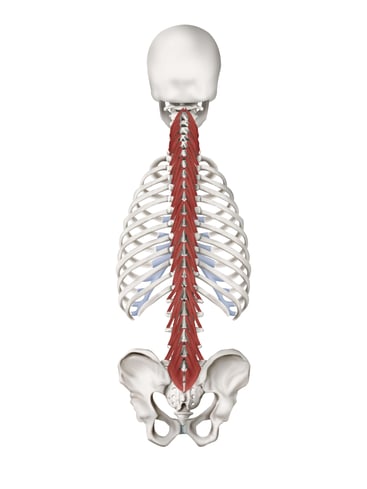
- Glutes - help control spinal flexion and hip extension, as well as give the pelvis stability. Learn more about your glutes here.
- Diaphragm - the top of the cylinder. This muscle is most known for its ability to help you breathe and is vital to help engage your core appropriately.
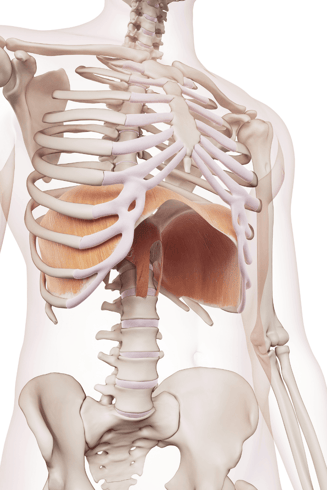
- Pelvic floor - the bottom of the cylinder. This is a complex “basket” of muscles and tendons that give the abdominals support, and are important in maintaining pelvic stability and bladder continence.
Why is it important to engage your core?
Now that you know the four muscle groups that make up your core (or at least the three that aren’t your abs), why is it important to strengthen them regularly? Let’s look at a few reasons.
First, your core is the primary stabilizer of your trunk during all movement. Your glutes are the muscles that absorb energy on your backside, and the two of them need to work together as you move to maintain symmetry.
Next, your core is the best promoter of efficiency when you move. A strong core can support the hips, knees, and low back, which is necessary to create power for lifting and moving (walking, running, jumping) and reduce your risk of injury.
When you exercise, your core helps transfer energy from arms to trunk to legs and vice versa. Let me use an example to explain what that means. When a baseball pitcher throws a ball, they must push off the ground with their leg and use the force created in their leg to rotate their trunk through their core muscles in order to put more force behind the baseball. If not, then their shoulder has a greater chance of injury. Similarly, you can watch a soccer player kick a ball. They will rotate their trunk away from the ball to generate force through their core to initiate the kick. In both of these instances, an arm or leg is the primary mover, but the core is transferring energy and creating a connection between them.
What are some of the best ways to build core strength?
Now you know why it is crucial to have a strong core, so let’s discuss how to get it stronger. First, every exercise should be a core strengthening exercise, since your core is such a crucial part of healthy movement. Being aware of your pelvis and rib cage positioning (alignment) is crucial to developing core strength. Think of your ribcage and pelvis as two cups you need to keep stacked on one another - your core is the group of muscles that will keep them stacked. You can experience undue stress in your lower back and shoulders if your ribcage and pelvis are not aligned. As you progress, it is important to remember that a true measure of core strength is not just how long you can do a plank. Rather, core strength is a measure of the control you have of your trunk and pelvis during all functional activities.
There are many exercises you can do to work for that six-pack you’ve always wanted. But as you build strength, be aware of your pelvis and rib positioning, and make sure you incorporate strong breath into your exercise sequence. Here are a few examples of exercises our physical therapists have assigned for building core strength. If you want to try some of these at home, do it safely, and if you have any previous injuries or any other risk factors involved, check with your doctor first.
Supine Posterior Pelvic Tilt: Begin by lying on your back with your knees bent and feet resting on the floor. Slowly bend your low back and tilt your pelvis backward into the floor, then return to the starting position and repeat. Make sure to only move your pelvis and low back and keep the rest of your body relaxed.
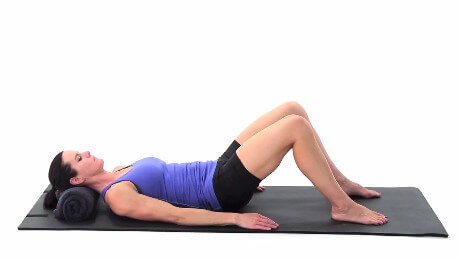
Standard Plank: Begin lying on your front, propped up on your elbows. Engage your abdominal muscles and lift your hips and legs up into a plank position, keeping your elbows directly under your shoulders. Hold this position. Make sure to keep your back straight and maintain a gentle chin tuck during the exercise.
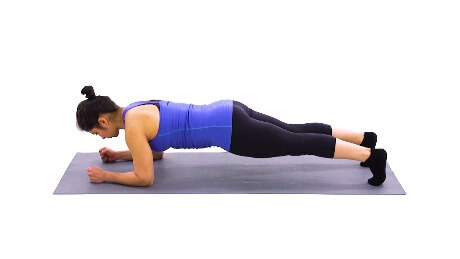
Bird Dog: Begin on all fours, with your arms positioned directly under your shoulders. Straighten one arm and your opposite leg at the same time, until they are parallel to the floor. Hold briefly, then return to the starting position. Make sure to keep your abdominals tight and your hips level during the exercise.
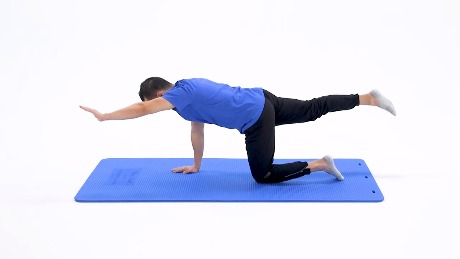
How else can I promote the health of my core?
Now you know more about your core and why it is such an influential group of muscles. When you want to try a new program to strengthen your core, choosing the best option for you can be challenging. However, there are many classes like Pilates that can help you build awareness and strength, and you can also create a personalized program with a personal trainer or physical therapist.
Your core is essential to proper posture, breathing, and stability for your entire body, and it is vital to engage it regularly for your health. When our clients at EW Motion Therapy want to promote core strength in their routine, their therapist and personal trainer work together to create a plan just for them. If you are interested in building strength with us, fill out the Request an Appointment form on our website, and someone from our staff will contact you within 48 hours with your next steps.


